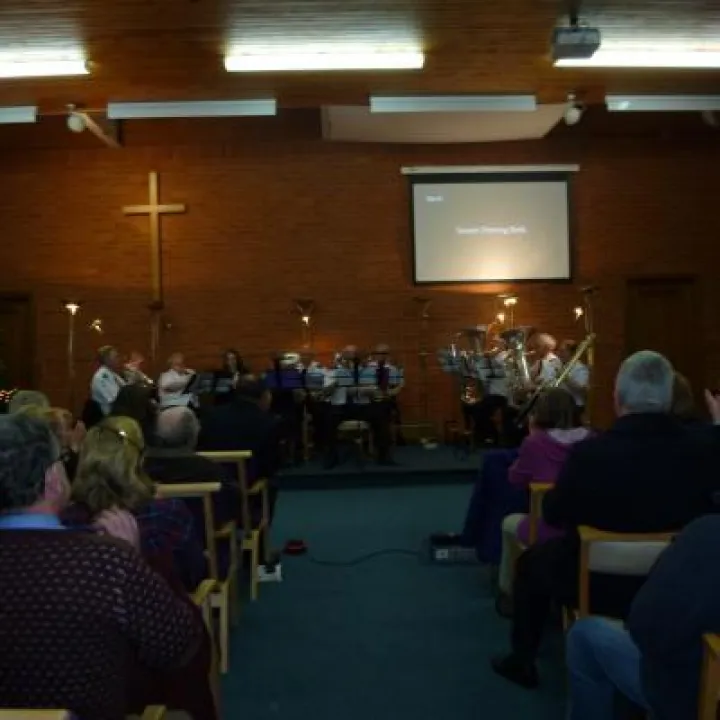Growing Wild Flowers in the Woodland
We in Tarvin Community Woodland Trust have always believed that we should grow as wide a range of the flowers that are native to this area as we possibly can. However, having wild flowers growing around a woodland is one thing, but establishing a wildflower meadow is quite another! Our problem is that our woodland is growing on what was fertile farmland and, with such fertile soil, the competitor grass will grow amazingly well. The problem with the wild flowers that you find in a meadow is that they just can't out-compete the meadow grass and so the secret to setting up a wildflower meadow is to somehow limit the growth of the grass. This can be done either by growing a parasitic plant (like yellow rattle) to prey on the grass or by replacing the topsoil with far-less fertile subsoil. We have had several goes at wild flower meadows, but, each time, the planted meadow has lasted for only a short while.
Quite by chance, we were given some very expensive wildflower meadow turf, in which the wild flowers are already established. This has now been set into the "meadow" area in the Saxon Heath section of the woodland. Since the Taylor Wimpey compound and cement silos were located in this area, our hope is that the ground here might be sufficiently infertile to give the flowers a chance against the grass. The large piece of turf was turned into two strips and these have been used to completely replace sections of the grass as an experiment: to see how well they grow and how good a display of wildflowers can be obtained.
There is also another experiment going on in the woodland, but one which involves our pollinating insects. Researchers at Sussex University have shown that if areas as small as 4m2 are sown with knapweed, poppies and campion, the numbers of bumblebees in the area are likely to double, while numbers of solitary bees and solitary wasps increase almost as much. The researchers are keen that everyone should plant temporary "mini-meadows" everywhere they can, so that our pollinators get the maximum possible amount of help. If even such small areas of temporary wildflower strips can make a huge difference to the population of pollinating insects, then we, too, ought to do what we can to help our threatened insect friends.
You may notice that, behind Heath Close and Crossfields, three areas of grassland have had the turf removed and have been marked off with orange tape. On these, a wildflower seed mixture has been sown – again as an experiment. The wild flowers should emerge before the grass gets going and so our pollinators will have a plentiful food source – and we will have three mini-meadows of lovely wild flowers to look at! What are the chances of the wild flowers coming back there next year? I suspect, pretty slim – the grass will get going and the flowers won't have a chance. But, if the pollinators are helped, as the research suggests they will be, what is to stop us repeating mini-meadows next year? It we (and others in Tarvin) were to continue sowing and growing mini-meadows, imagine how much help we could give to our pollinators!
Quick Links
Get In Touch
TarvinOnline is powered by our active community.
Please send us your news and views.







![TCW Wild Meadow Flower Patch IMG20230219152728[367315]](https://l5.tm-web-02.co.uk/lib/image-dynamic-wp2-730212.webp)
